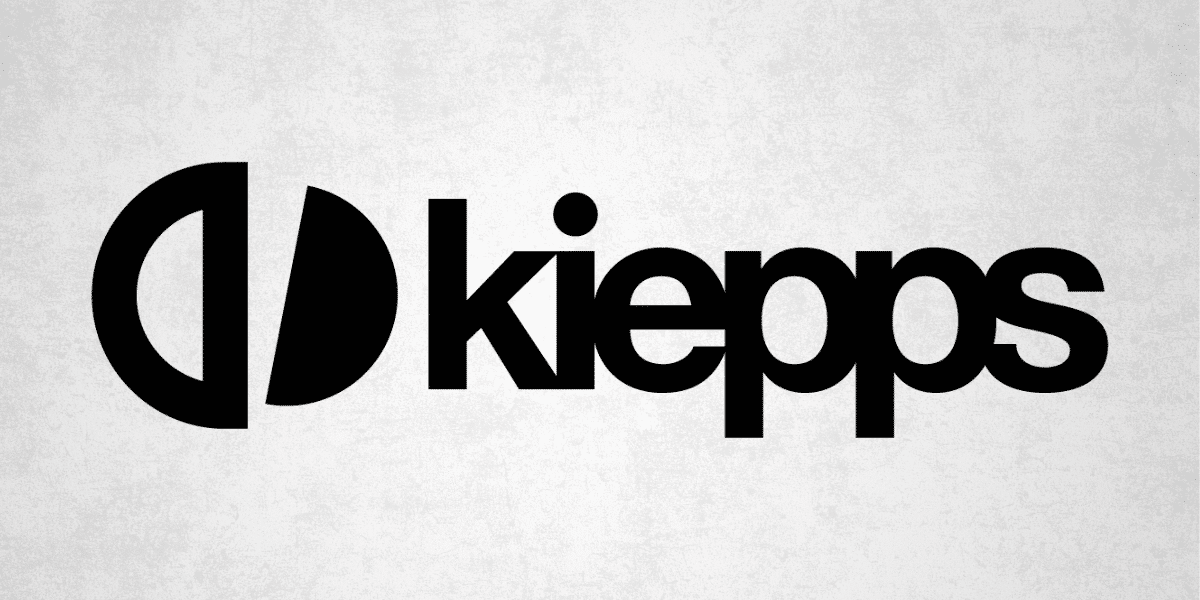By: Index Technologies Group
Despite widespread assumptions, the investable index industry is not composed of a static group of companies. In fact, S&P Dow Jones Indices is about to execute one of the significant rebalances of the popular S&P 500 in recent years. Howard Silverblatt, an industry veteran and Senior Index Analyst at S&P Dow Jones Indices has remained notably quiet regarding the upcoming rebalance scheduled for September 18th. The committee rebalances the S&P 500 quarterly, using criteria such as market capitalization and share float changes to ensure the index remains aligned with its objective of representing U.S. large-cap stocks and the overall economy.
This upcoming rebalance introduces significant shifts that directly impact the exposure to mega-cap technology companies. While the additions of Blackstone (BX) and Airbnb (ABNB), as well as the removal of Lincoln National (LNC) and Newell Brands (NWL), have made headlines, the real story lies in how exposure to the technology sector is being reduced. The new rules ultimately address the widely discussed overexposure to the technology sector by decreasing tech exposure in favor of increasing weightings in consumer staples and discretionary sectors, thereby creating a more balanced distribution of capital. These changes will affect not only passive index-tracking funds but also active strategies, such as Index Technologies Group’s SuperDex Drivers of the SPX, which benchmarks against the S&P 500.
ITG Believes This Approach Addresses the Issue of Concentration
In recent years, the dominance of a few large technology companies has created a much-discussed concentration risk within the index. These stocks, often referred to as the “Magnificent Seven,” have significantly outperformed the broader market, but their growing weight has raised concerns about overall diversification. ITG believes to mitigate this risk, S&P Dow Jones will reduce the weightings of market leaders in proportion to their capitalization if they exceed size-related thresholds in key industry benchmarks. This new rule triggers when companies surpass these thresholds and will reduce overall exposure to these tech giants in the S&P 500. This marks a material departure from the current method, where the smallest of the companies are the first to have their weightings trimmed.
Diversification as a Central Principle
In today’s market, mega-cap technology companies such as Nvidia (NVDA) and Apple (AAPL) have grown so large that they can dominate index weightings, making it challenging for Mutual and Exchange Traded Funds. In portfolio management, diversification, and risk management are critical principles designed to protect investors from over-concentration. One long-standing rule regulating investment management companies is the 25/5/50 rule, which limits exposure to any single security. This rule states that no more than 25% of a portfolio can be allocated to a single security, and the aggregate weight of holdings with more than 5% representation cannot exceed 50%. These guidelines aim to reduce the risk of loss from individual stock volatility. To address this, S&P Dow Jones’ new capping mechanisms have trigger levels set just below the guideline limits at 24/4.8/50 to provide a buffer for compliance.
Similar conditions last year led Nasdaq 100 overseers to implement a special rebalance to keep index-tracking funds in alignment with concentration standards. In a related development, FTSE Russell recently consulted with the fund industry about capping the weight of the largest members in their widely followed growth and value indices.
How the New Capping Rules Work
Under the new capping approach, when the combined weight of the largest stocks exceeds the 50% threshold, their weights will be reduced proportionally. In this scenario, Apple (AAPL), Microsoft (MSFT), and Nvidia (NVDA) will have their weights trimmed, with the extra allocation redistributed across smaller constituents in the index. This adjustment is designed to ensure that the index maintains balanced sector exposure while still capturing the performance of the market leaders.
Index Technologies Group’s SuperDex recognizes the importance of these changes as proprietary Drivers of the SPX algorithms identify the key contributors to index performance on a quarterly basis, allowing the investment strategy to adjust accordingly.
Index Technologies Group LLC (“ITG”) is a registered investment adviser offering investment strategies, including SuperDex. This content is intended to provide general information about SuperDex. This content is not intended to provide or constitute investment advice. The information about our investment services is provided solely to offer insight into our investment philosophy and strategies, and to facilitate contacting us for further details.
Published by: Khy Talara








